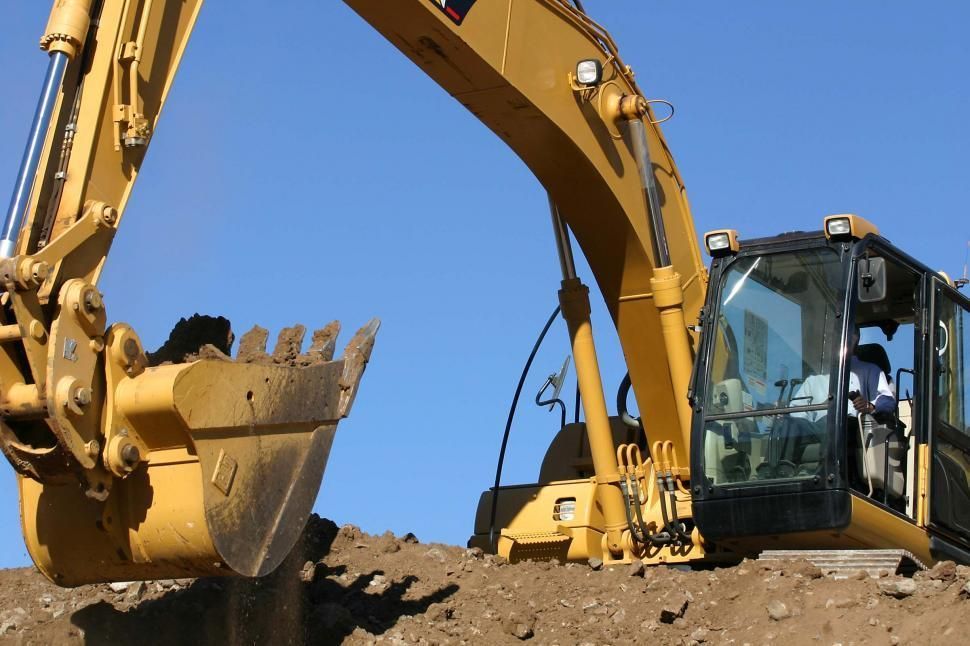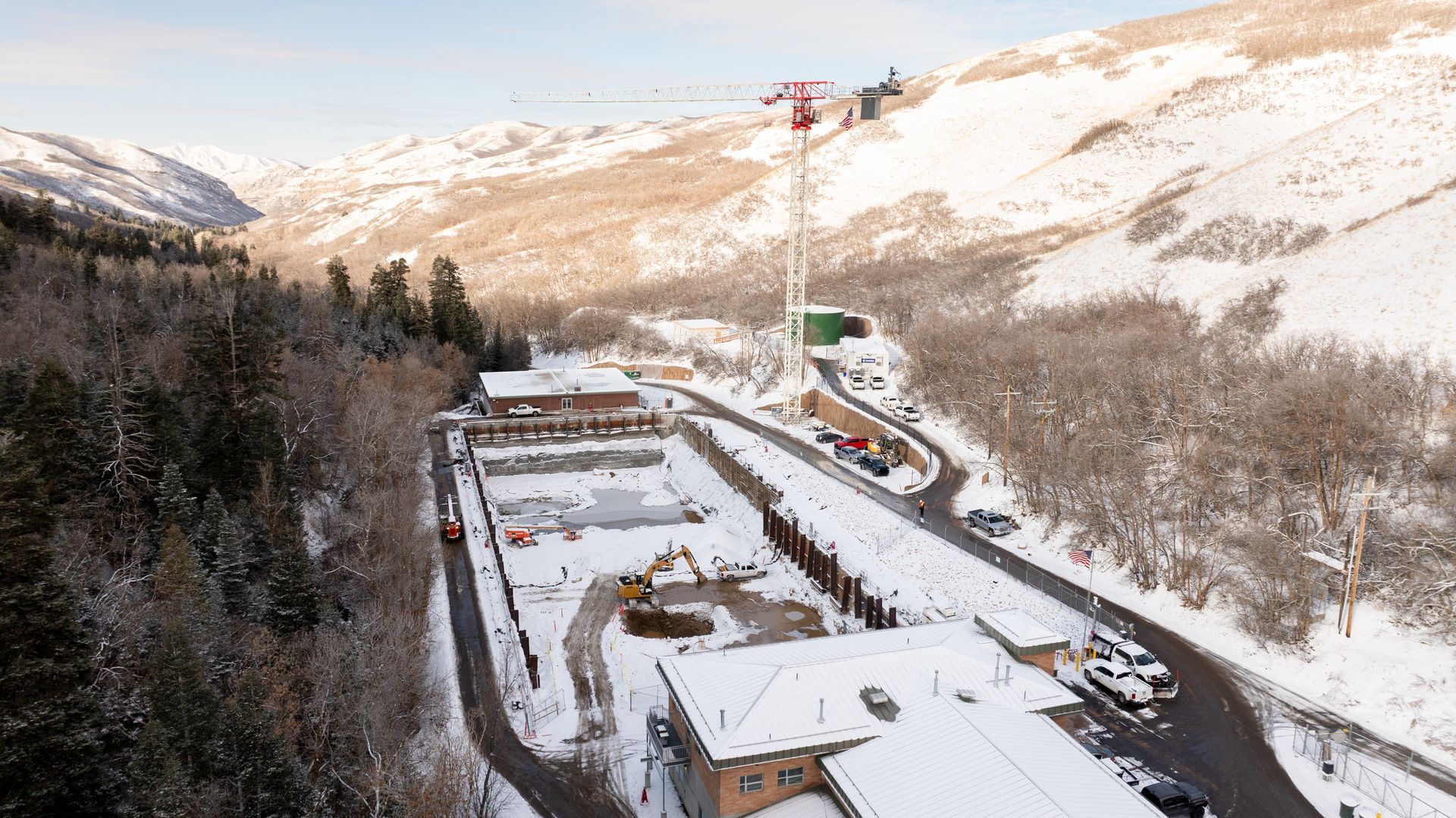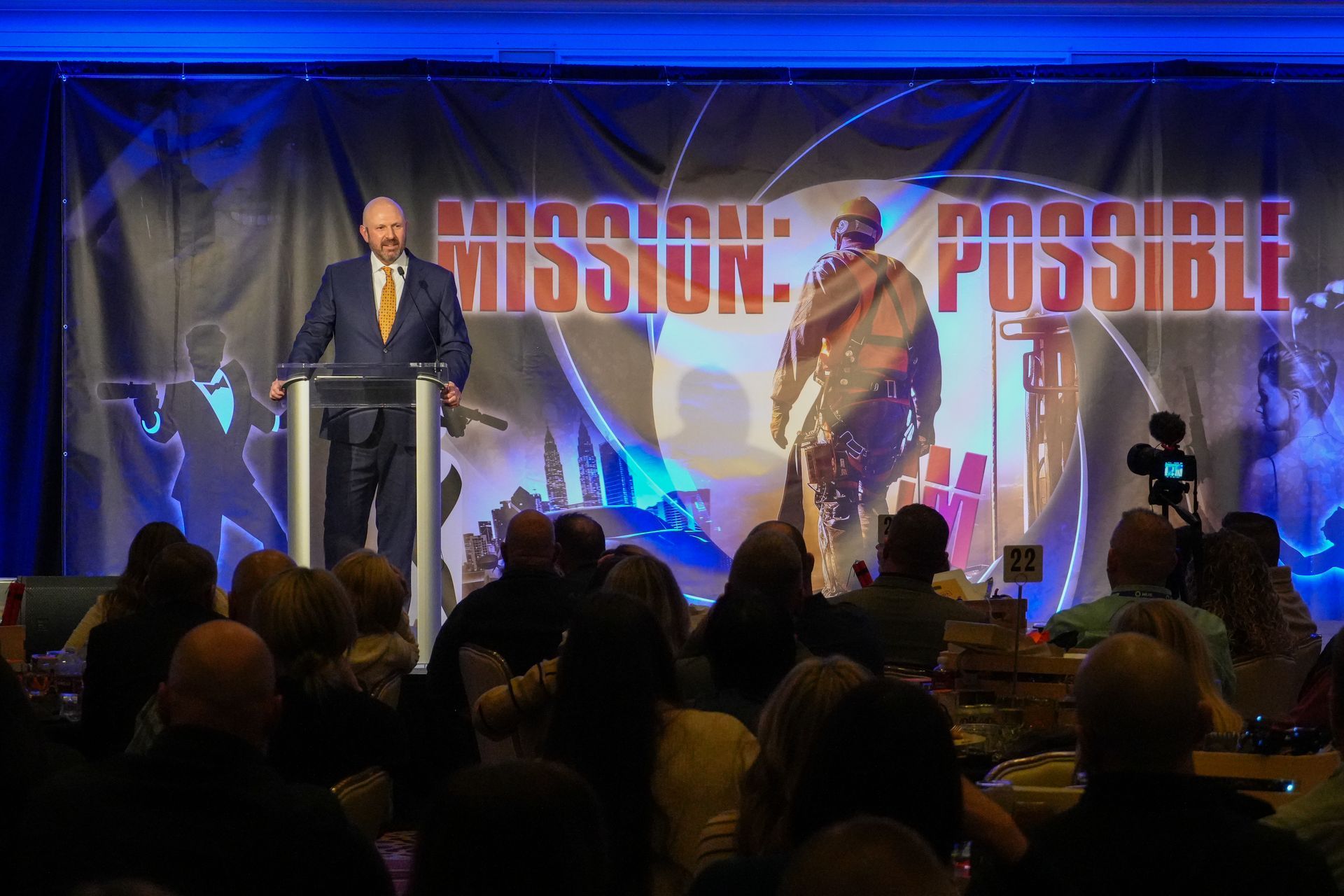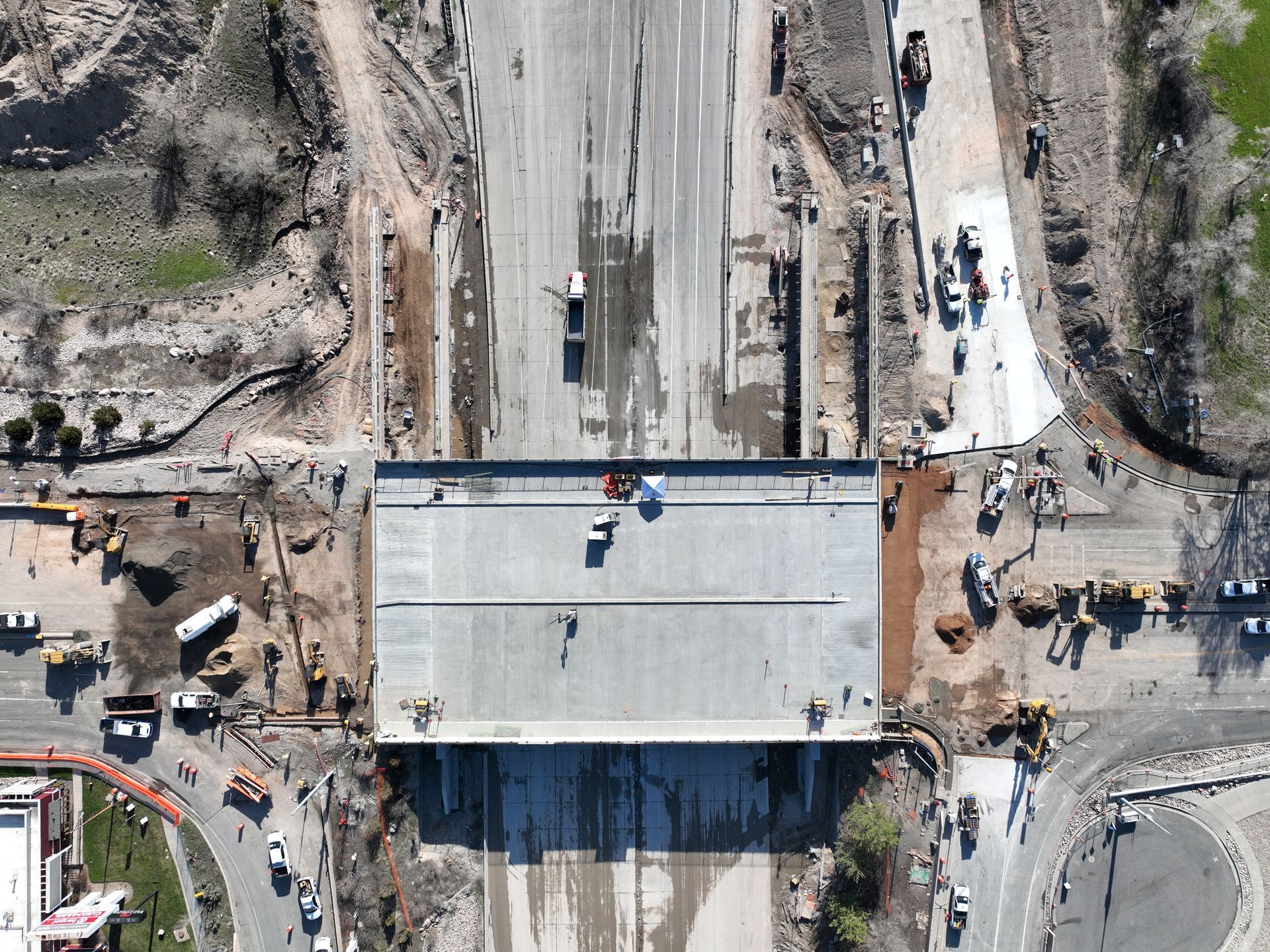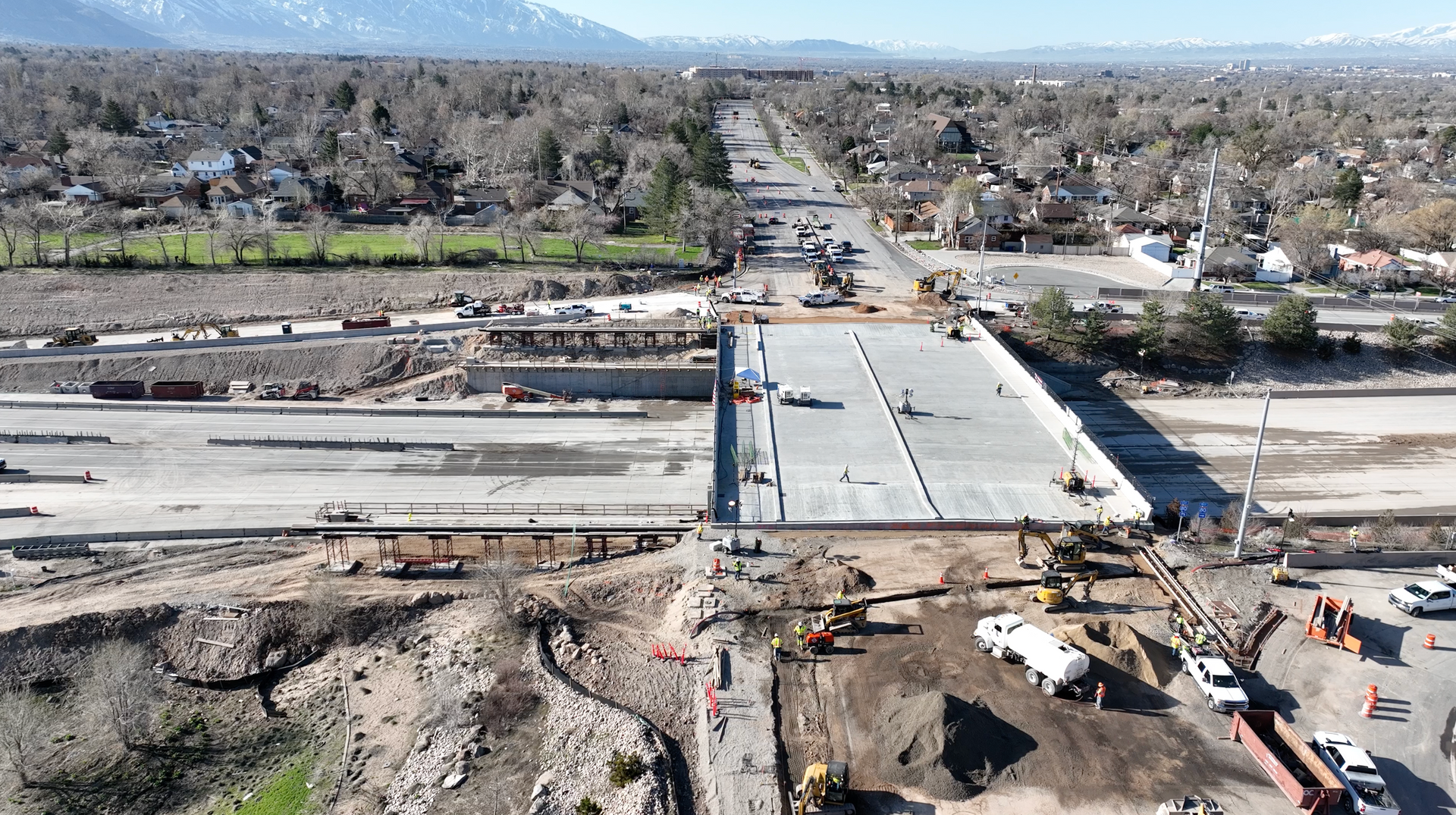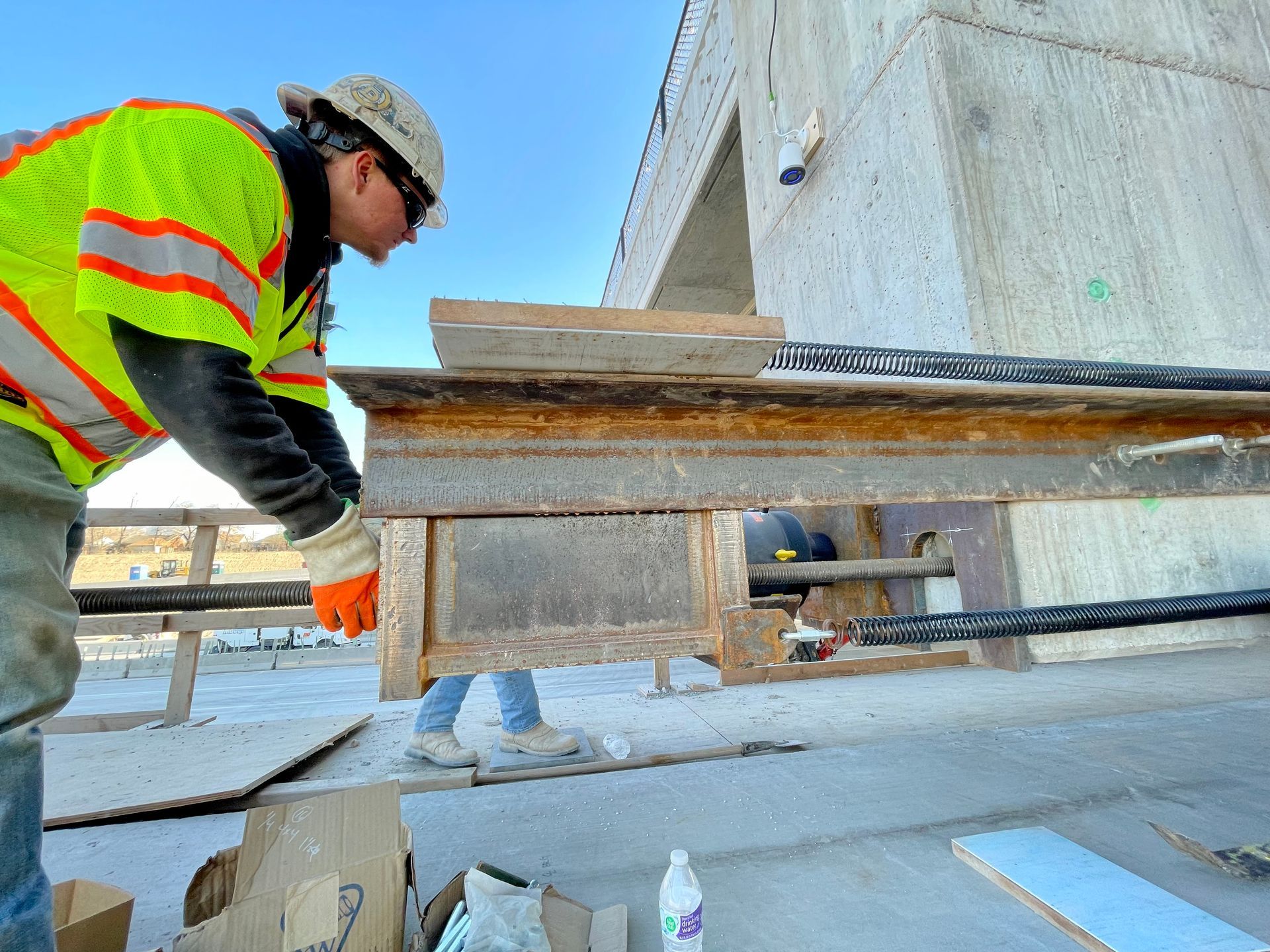From SPMTs to bridge slides, UDOT and its A/E/C industry partners continue to perfect the accelerated bridge construction (ABC) process. By Brad Fullmer
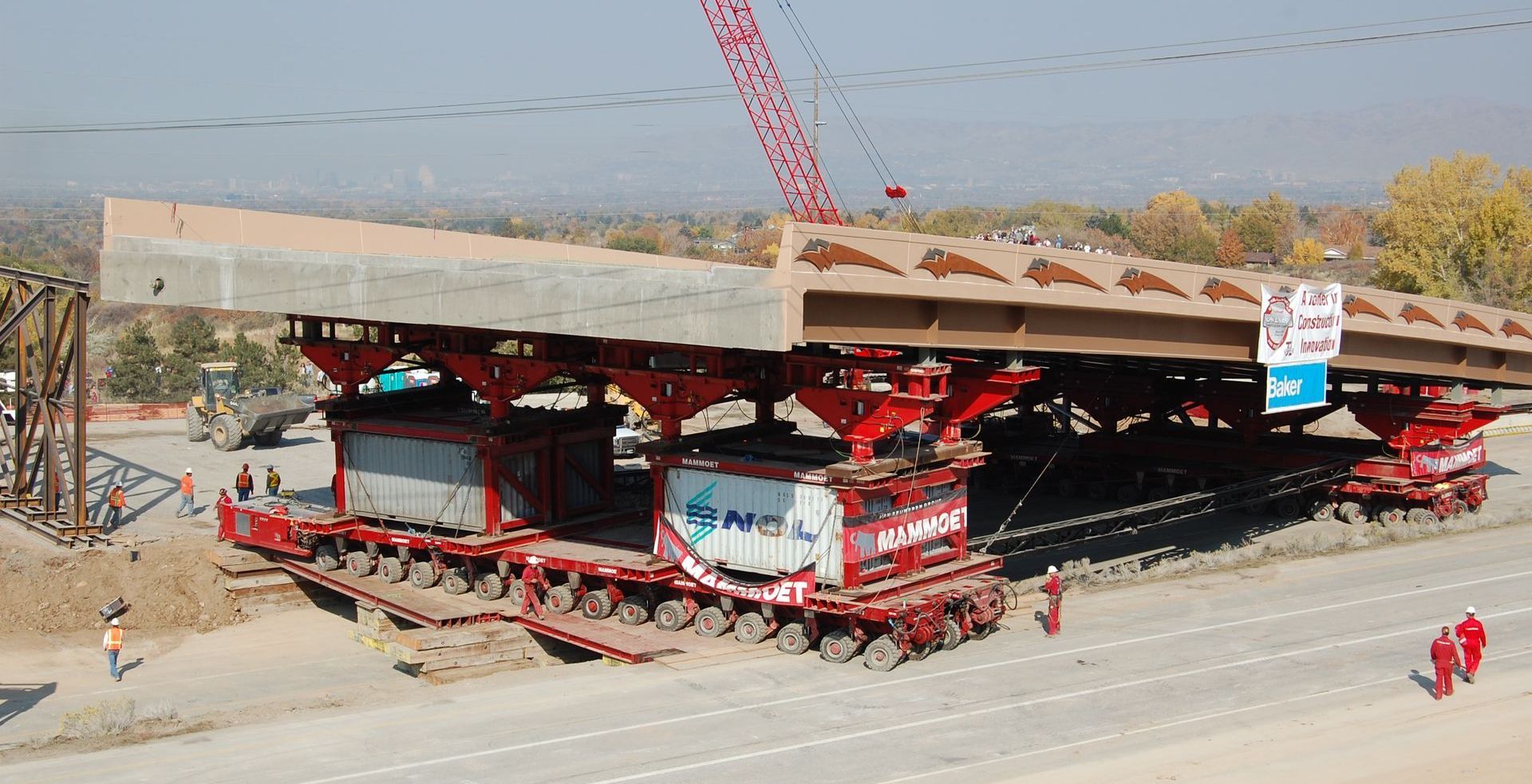
It's been nearly 16 years since the Utah Department of Transportation (UDOT) made a big splash into Accelerated Bridge Construction (ABC) when crews from Draper-based Ralph L. Wadsworth Construction (RLW) methodically removed the old 4500 South I-215 bridge and slid a new four-lane, 172-ft., three million-pound concrete and steel bridge superstructure into place in a single weekend (October 27-28, 2007) utilizing self-propelled modular transporters (SPMTs), a historic first for UDOT.
Championed at the time by Jim McMinimee, former UDOT Director of Project Development, the use of SPMTs—multi-axle, computer-controlled platform vehicles manufactured by Netherlands-based Mammoet—was a major leap of faith for all parties involved, considering the inherent risk on a project of that size.
"When it first came to us [...] we thought it was impossible," said Tod Wadsworth, Executive Vice President of RLW, whose firm moved seven bridge structures into place via SPMTs on the I-80 Reconstruction project, building the legendary "bridge farm" directly northeast of I-80/1300 East. "From the initial concept, we had to figure out how to build something of this magnitude and then move it. The geometry was very complicated."
On the 4500 South bridge, crews built the superstructure on the west side of I-15 and had to compensate for a 7 ft. elevation change from northbound to southbound lanes, a Herculean feat, all things considered.
"The bridge location offered a series of design challenges including an extremely complicated geometry—a steep grade over an interchange with directional traffic at different elevations," said Cheryl Hersh Simmons, Chief Structural Engineer with UDOT. "The project took an enormous amount of planning and effort from the Department, the designer, and the contractor."
"There were so many unknowns," Wadsworth added. "We spent a long time educating ourselves and the design team and concluded that it was possible to do. Moving something of that magnitude without damaging it was a major feat."
Designed by Midvale-based Michael Baker International (Baker), the 4500 South I-215 bridge was one of four SPMT bridges designed by the firm, and a historic project in the firm's cannon, said Michael Arens, VP and Office Executive for Baker.
"It was a signature project for us," said Arens, whose firm delivered the design in only nine months. "Our team used CM/GC delivery to implement the traditional 'Master Builder' philosophy where the engineer and contractor work together to develop ideas."
Baker has provided design on several ABC projects—four SPMT bridge designs and seven SPMT bridge move oversights from 2007-09, including the first-and-only two-span bridge—along with 13 lateral bridge slides (Slide in Bridge Construction—SIBC).
SIBC utilizes a complex system of hydraulic push jacks on Teflon-coated elastomeric bearing pads, a procedure RLW and Baker have collaborated to refine over time, with the most recent slides being the 1700 East and 1300 East superstructures on the current I-80/I-215 Renewed project, with the five million-pound 1300 East bridge demolished and slid into place April 14-15 of this year.
Arens added that Baker partnered with UDOT to author the FHWA SIBC Guide for the Federal Highway Administration and has worked with DOTs in seven other states to help develop and deliver ABC projects through design, review, and oversight roles.
"UDOT has been a national leader in driving and developing ABC technology," said Arens. "They have embraced the risk and allowed their consultants to develop innovative ideas and execute the projects, and then implement lessons learned to continue to improve the projects. Their leadership has driven ABC growth in other states and set the example of valuing the time impact construction can have to the traveling public."
Hersh Simmons said the success of that first 4500 South bridge was a catalyst to UDOT being recognized nationally for its ABC prowess, although initial ABC efforts in Utah started in the late 90s and included building bridges with prefabricated bridge elements and systems (PBES), often referred to as "Lego bridges".
"The Department became the national leader in ABC and has delivered more projects than any other state using ABC methods," she said. "The Department relies heavily on its industry partners to continue to improve the way we deliver bridge projects. (UDOT) will continue to look for innovations."
Hersh Simmons said UDOT has moved 20 bridges into place using SPMTs, spread over seven projects—the last time was in 2011 on I-15 CORE project in Utah County. In addition, the Department has moved 23 bridges via lateral slide.
UDOT’s most recent bridge slide—the giant, five million-pound 1300 East superstructure—was executed in April 2023 by crews from Ralph L. Wadsworth Construction as part of the 1-80/I-215 Renewed project.
ABC Keeps Utah Moving
The reason for using ABC methods and techniques is directly tied to one of the UDOT's primary goals: Keeping Utah Moving, as in, keep major transportation corridors open and functional during construction—no matter what. UDOT executives determined long ago that spending more money upfront on construction projects would save far more money on overall economic costs by mitigating logistics supply road closures and detours.
On the 4500 South/I-215 bridge project, UDOT estimated that using SPMTs reduced the project schedule from six months to a single weekend. The cost of using SPMTs was $800,000; eliminating six months of road closures and detours saved $4 million in road user costs.
"What drives this is the demand for the use of the highway," said Wadsworth. "If you're working on a remote (rural) bridge you may design a more inexpensive way to build it. UDOT understands what the cost is for traffic use (and they're) willing to pay a premium for a bridge to be moved in 12 hours. There is so much work involved when you construct a new substructure under and existing bridge, build a new superstructure adjacent to an existing bridge, then in a (work) shift, tear a bridge out and slide the new one in place. Geometrics are key."
Having a tight relationship with Baker and other transportation engineering firms allows for innovations and improvements to ABC systems and techniques. Wadsworth said his firm's first bridge slide in 2009 was on SR-66 over the Weber River in Morgan that used a hoisting system—with a huge winch located on one leading corner of the bridge and a dead man pulley system that when pulled, allowed the cables to go through the winch, across the river, through another pulley, then to the dead man pulley, moving the bridge uniformly at the same time."
"We've always looked at more innovative ways to push or pull a bridge," said Wadsworth. After SPMTs, RLW utilized a track system with a heavy steel track that came in sections on 3-4 projects before moving to bridge slides. "By process of elimination we came up with simpler methods by pulling the bridge. It's typically better in that it has a continuous rod that is fabricated perfectly in alignment and is pulling (the bridge) to a destination point. Once we figured that out, it became an easier process."
Design of the 1300 East/I-80 bridge move came with another innovation—utilizing only two of the elastomeric bearing pads instead of four, making the bridge easier to control during the slide, Wadsworth said.
"Those sliding shoes are symmetrical to the abutment; it's difficult to cast all four slide shoes to the same exact elevation within 1/32 in. (tolerance). If it's 1/16 in. or 1/8 in. and the bridge slides horizontally, one of the four shoes takes excessive loads that can create failure to the slid shoe components. Through trial and error, we ended up designing two slide shoes into the abutment."
And while Wadsworth admits that using SPMTs was indeed a memorable experience and checked off a construction bucket list item, it's illogical to think they'll ever be utilized again by UDOT in practical situations. Bridge slides are inherently a less risky option, and with 30+ slides under the company's belt (including out-of-state projects), the firm is confident in its SIBC process. "We prefer not to use SPMTs anymore, if we don't have to," he said.
Arens said coming up with practical, time-saving solutions that prove effective in the field is ultimately satisfying.
"Our relationship is built on trust and experience working together," added Arens. "That trust gives our team the ability to work together in developing innovative ideas and solutions to address these ABC challenges."
